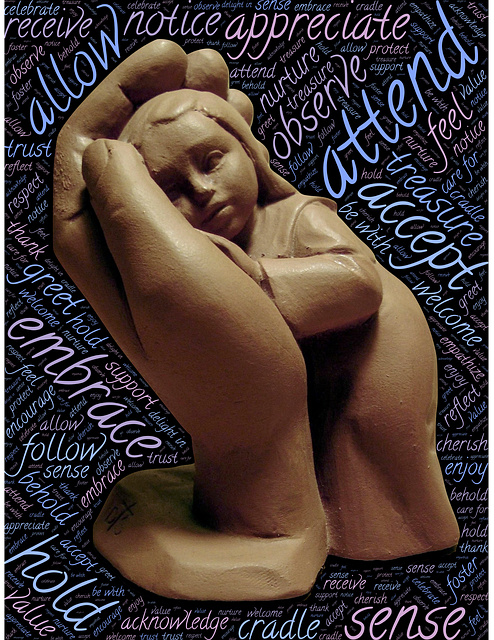
What is ‘The Welfare Checklist’?
The Welfare Checklist is a list of 7 criteria that the courts use when making decisions during family law proceedings. It can be found fully in section one of the Children’s Act 1989:
- The ascertainable wishes and feelings of the child – in light of their age and understanding.
- The physical, emotional and educational needs of the child.
- The likely effect of any change on the child’s circumstances.
- The age, sex, background and any other characteristics which the court considers relevant.
- Any harm which the child has suffered or is at risk of suffering.
- How capable the child’s parents (and/or any other relevant person) are of meeting the child’s needs.
- The range of powers available to the court.
The court must consider the checklist when deciding to make an order in contested proceedings. It can significantly strengthen your own position to cross-reference your argument against the criteria of the Welfare Checklist.
Breaking it down…
- The ascertainable wishes and feelings of the child: What does your child want? If your child is young in age and/or understanding, what do you think they would want and why?
- Physical, emotional and educational needs of child: What is your involvement in meeting the physical, emotional and educational needs of your child? What involvement does your ex have in meeting those needs?
- The likely effect on your child of any changes in their current circumstances: What is your child’s usual routine? Would a change in their routine be positive or negative for your child? Why?
- Age, sex, background and characteristics the court considers relevant: Your case is just one of many so, make the court aware of the points that make your case individual. Does your child’s background affect your case? Does your child have any characteristics that are relevant to the case?
- Any harm the child has suffered or is at risk of suffering: ‘Harm’ can mean both physical and mental. Has your child been harmed or at risk of being harmed? Are you able to protect your child from harm? Would an order put your child at risk of harm? Why?
- How capable each parent is of meeting the child’s needs. Are you capable of meeting your child’s needs? Why are you the best person to meet your child’s needs? How does this compare to the abilities of your ex in meeting your child’s needs? Do you have any concerns about your ex’s ability to meet your child’s needs?
- The range of powers available to the court under The Children Act 1989. The courts prefer reasonable agreement between the parties and private arrangements often work better than court orders. What do you want the court to do? How can your case be resolved?
Your case…
Checking your position against the Welfare Checklist can strengthen and give your argument structure. It will help if you can guess how your ex will respond to the 7 points of the Welfare Checklist. Anticipating the responses of the other parties will leave you better prepared to counter and respond to them.
Has this post helped? Leave a comment and show your support to other mothers facing court without a solicitor. #mothers4justice2
[paypal_wp_button_manager id=undefined]


